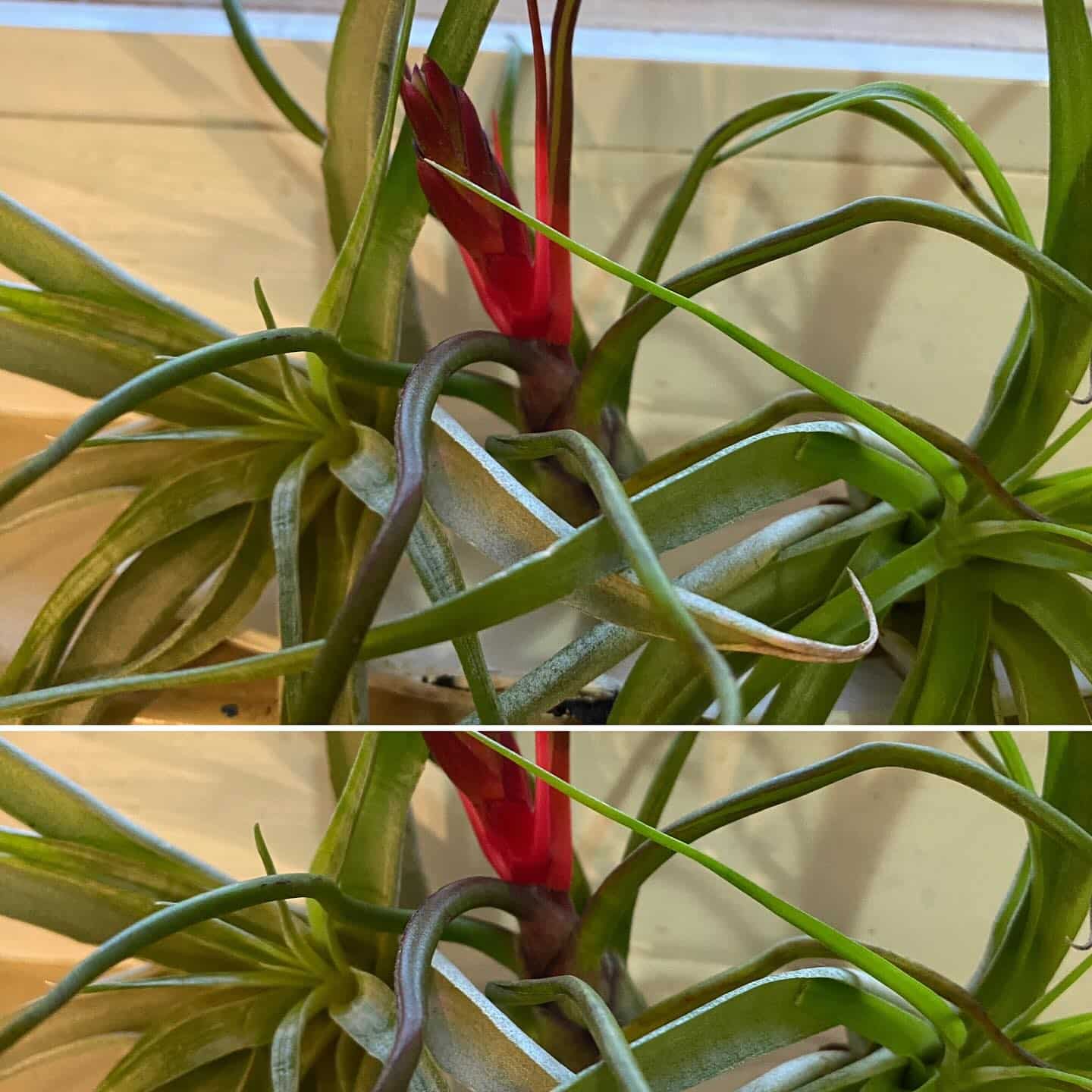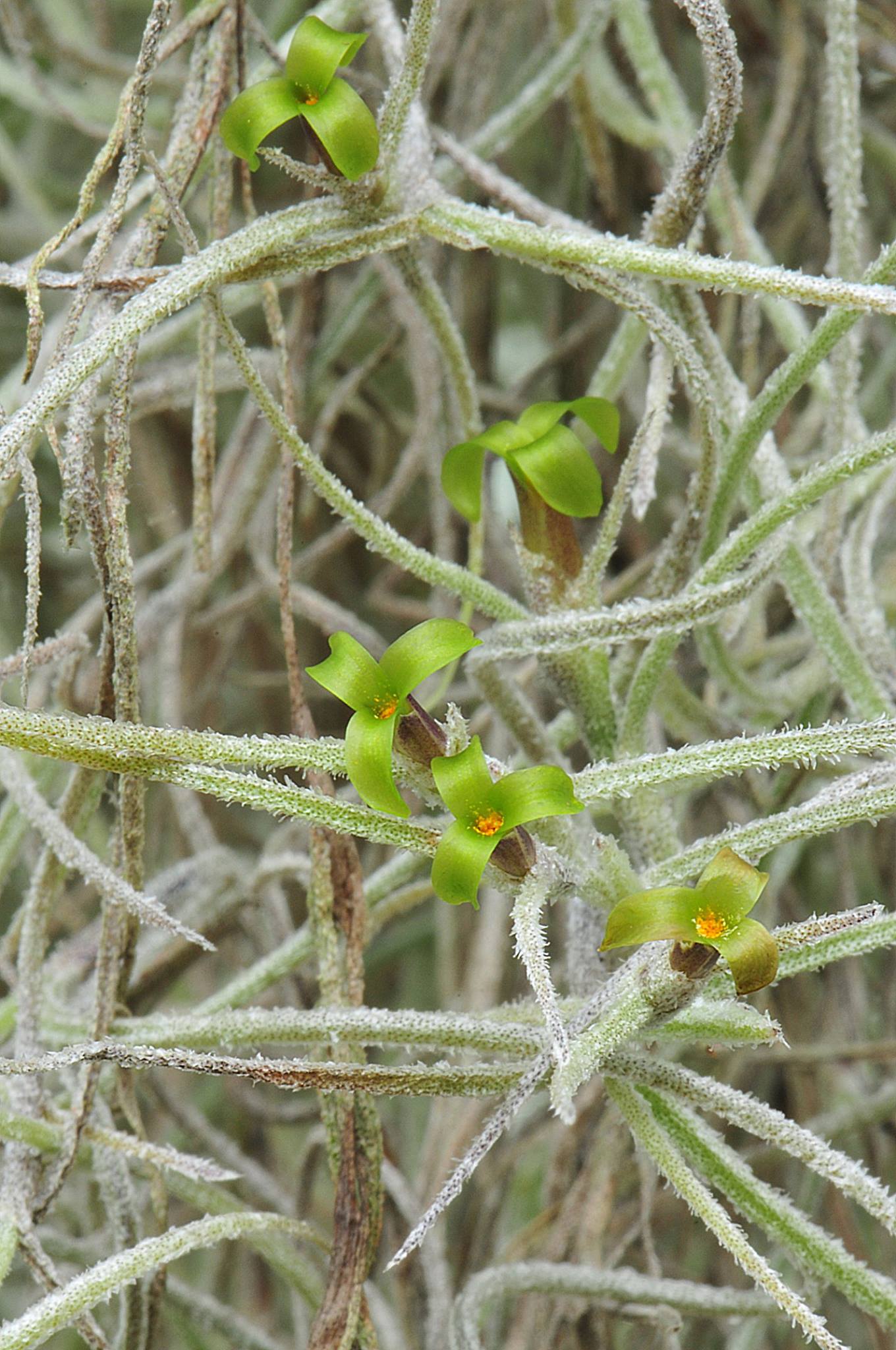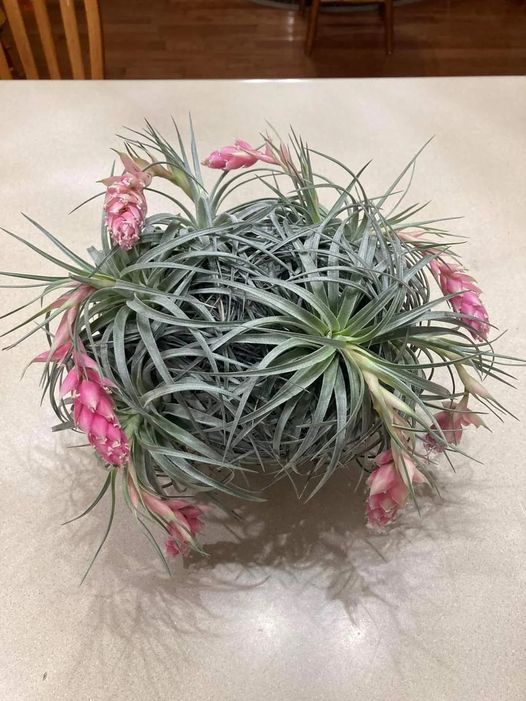Tillandsia, also known as air plants, have captured the hearts of plant enthusiasts worldwide. In this article, we delve into the unique characteristics of Tillandsia, from its origins in the equatorial rainforests to its remarkable ability to thrive without soil.

Discover how to care for and cultivate Tillandsia to ensure its vibrant growth and explore its decorative and beneficial properties for your home.
Understanding Tillandsia:
Spanish moss (Tillandsia usneoides) isn’t rare by any stretch but quite a few people don’t realize that it’s a bromeliad (Bromeliaceae) related to the pineapple. Even fewer people realize that it actually flowers, and that the blossoms are intensely fragrant at night. If you live in the Deep South where there are old oaks festooned with Spanish moss, the perfume will fill the night air in summer. It blooms from April to August but you have to look close to see the tiny, green flowers.

Originating from the lush equatorial rainforests of Ecuador, Tillandsia is an epiphytic plant that grows atop trees without parasitizing them. These plants serve as water reservoirs and provide habitats for colorful frogs in tropical ecosystems. With their unique ability to absorb water and nutrients from the air, Tillandsia species come in various colors, shapes, and sizes, making them both functional and ornamental additions to any home.
Cultivation Tips:
Caring for Tillandsia is simple, making it an ideal choice for novice plant enthusiasts. Ensure optimal room temperature, around 20°C in summer and above 13°C in winter, and maintain adequate humidity levels, mimicking their natural tropical habitat. Avoid placing Tillandsia too close to radiators during the heating season, opting instead for well-ventilated areas like bookshelves.

Irrigation and Fertilization:
Water Tillandsia at least twice a week during the flowering period, reducing frequency to every 10 days in autumn and winter. Use soft water, such as rainwater or softened water, and mist lightly to avoid over-saturation. Fertilize with multi-component liquid fertilizers bi-weekly during the growing season for optimal growth and disease resistance.
How to Grow Tillandsia: Complete Care Guide
Propagate Tillandsia through division or rooted shoots in spring, placing them in a suitable substrate until they root. Experiment with various containers, such as hanging coconut shells or tree bark, to showcase Tillandsia’s unique beauty.
Consider the plant’s specific needs based on leaf characteristics, opting for brighter light for varieties with more gray hairs and higher humidity for glossy-leaved varieties.


